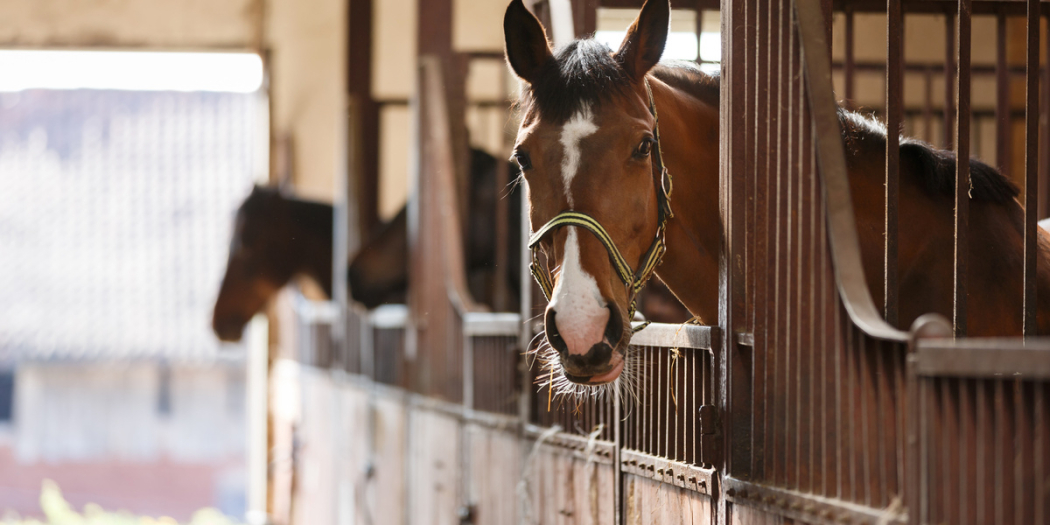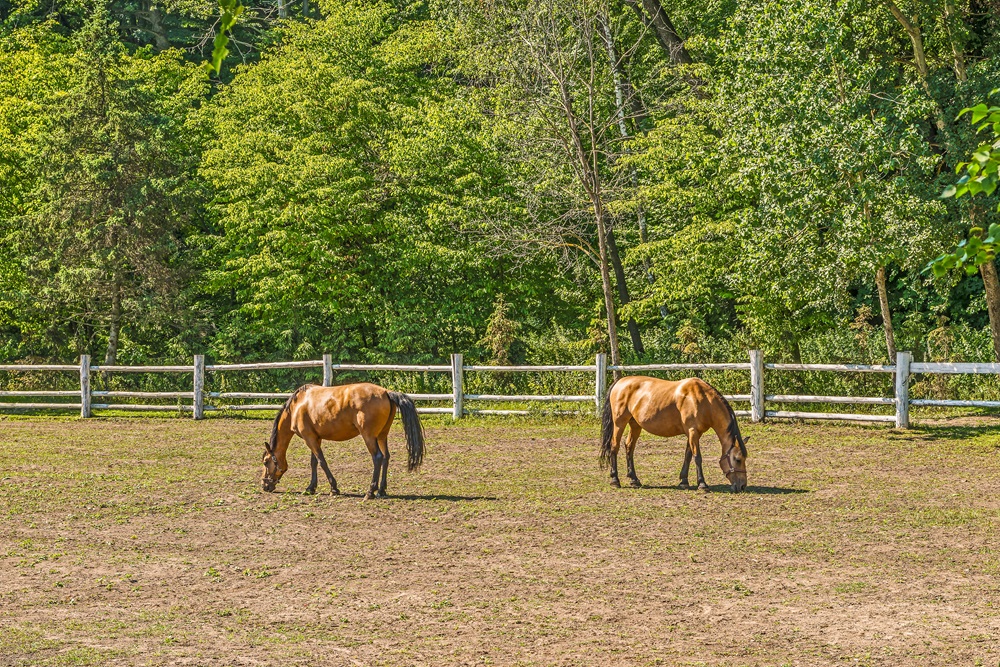Guide to buying an equestrian property

Equestrian homes are some of Britain’s most sought-after properties. Offering acreage, paddocks, stables and more, there are many benefits to owning such a coveted home. Equestrian properties vary in size and functionality, so it is important to understand the process of buying an equestrian home before you take the leap. This guide has been created to cover everything you need to know before investing in an equestrian home.
What defines an equestrian home?
Simply put, an equestrian property is planned estate development where buyers can purchase a property with enough land to home a horse, alongside a shared trails network for riding.
What should you be looking for?
Think about your requirements
A large determining factor when it comes to choosing the right property depends on your requirements as a rider. If you are a casual weekend rider, you are likely to require around one acre per horse and beautiful scenery to enjoy while riding, whereas a competitive rider would require space for heavy goods vehicles or trailers as well as facilities to practice whether that is for showjumping, dressage, polo and so on.
Suitable facilities

Horses require lots of equipment; therefore, ample storage is essential. Additionally, you will want to look for a well-built barn with stables, a large tack room, electricity and water. Stables should face away from the direction of wind where possible and stalls should ideally be no smaller than 12’x12’.
Additionally, in an ideal world, you would have a yard close enough to the main house to be in view and earshot, however, if positioned too close it could devalue the home, so be sure to get an informed opinion from your estate agent before purchasing.
Location
The vast majority of equestrian homes are located in rural areas due the land required to accommodate for horses. Although lots of land is a fantastic benefit to owning an equestrian home, you also need to keep your lifestyle in mind. For example, are there accessible transport routes and train stations either to allow you to visit loved ones, travel easily or commute to work? Are there local amenities nearby? If you are a seasoned competitor, think about the location of shows, racecourses or riding events and whether the location of the property is a suitable fit for your needs.
Accessibility
Some of these properties can only be accessed via winding country lanes, so you will need to ensure there are clear access points, that there is ample space to navigate a horse trailer to and from the property, as well as sufficient space to turn around.
Water access
The average horse drinks between five and ten gallons of water per day, so good water should be high up on your list of priorities. The plumbing should be up-to-date both indoors and outdoors and you will want to think about having a sink in your barn to ensure the facilities easily reach both pastures and stables, plus you do not want to be carrying gallons of water across acres of land.
The quality of the land
Horses rely on good-quality land, so it is a hugely important aspect to consider when investing in equestrian property. Land with free-draining soil is ideal as it is manageable throughout the year. In an ideal world, you would accommodate for at least 1.5 acres of land per horse, however, if you buy more land than your horses require, this will free up space should you look to acquire more horses, build an arena or alternatively, you can rotate your pastures.
When viewing equestrian properties, you should also enquire about the ability to purchase additional land if required.
Planning permissions and additional building

Any equestrian property that features stables, an arena and/or field shelters must have planning permission. You may even need planning permission to home your horse in a field so it is always best to check with the local planning authority to be certain.
Will the property value increase?
When it comes to selling an equestrian property, an abundance of land is desired by many, as is a private rural location, so this is likely to positively impact the value of the home. Get a market appraisal on your property today.
Contact us
Speak to your local Fine & Country agent for advice on buying or selling.
You may also like...
Has your property's value increased? To find out how much your property is worth
BOOK A PROPERTY VALUATION